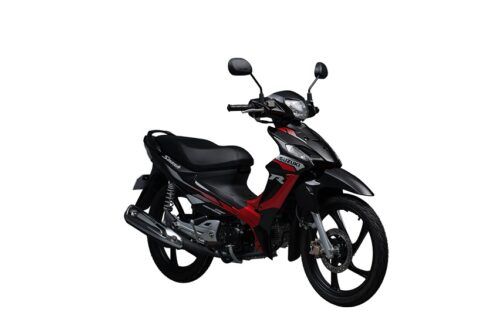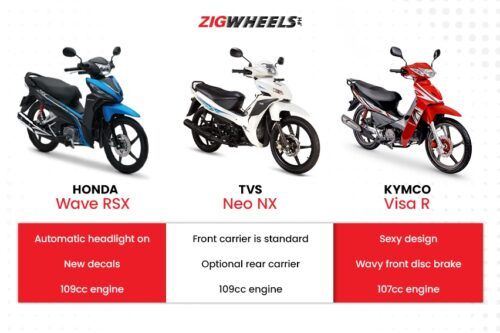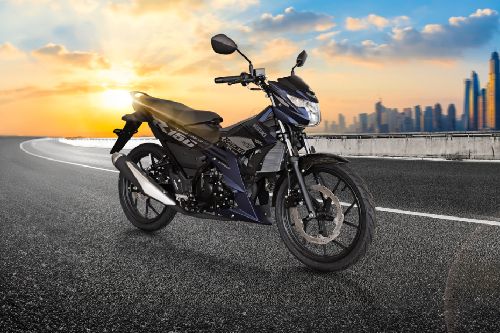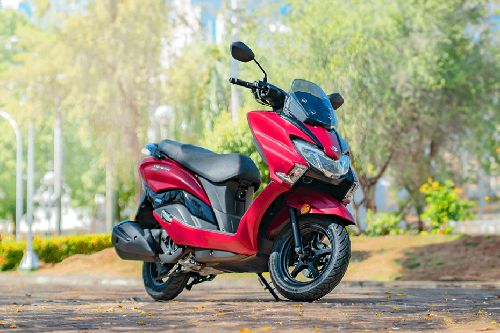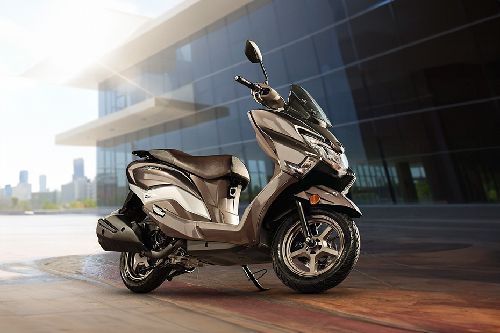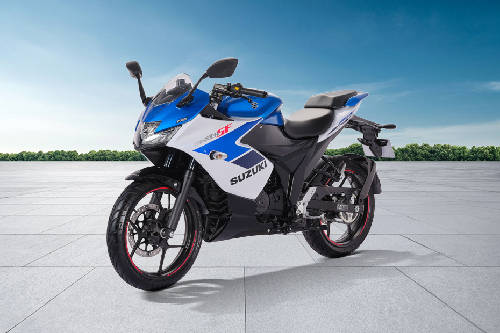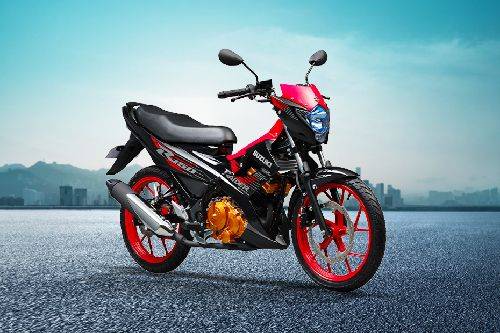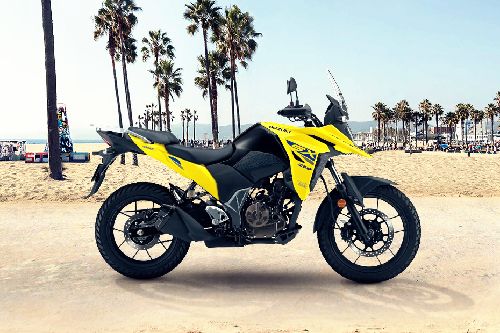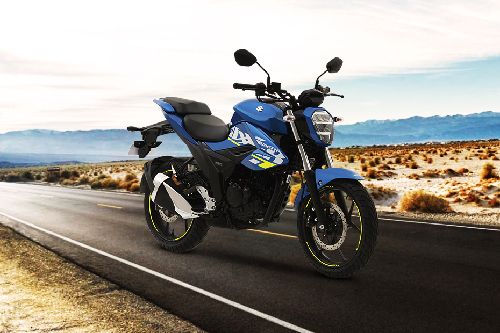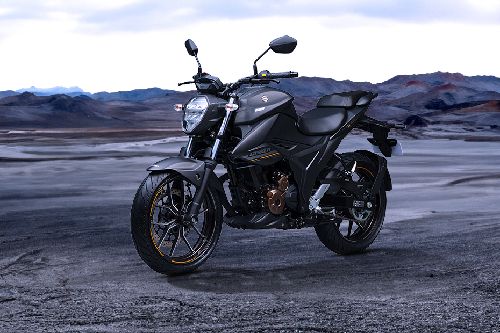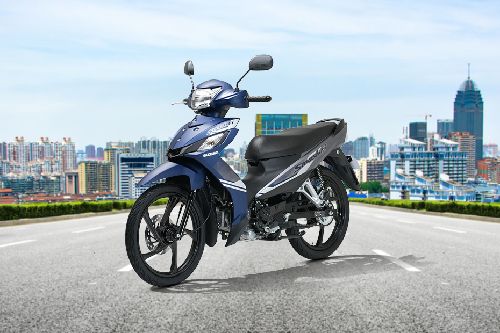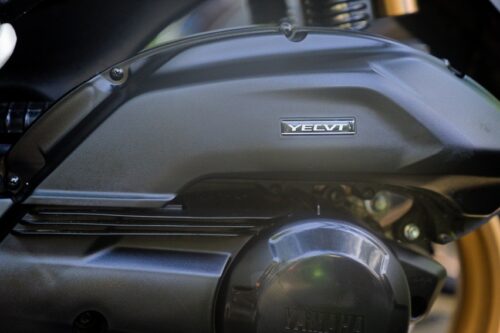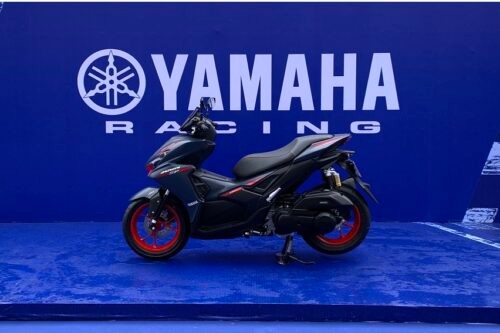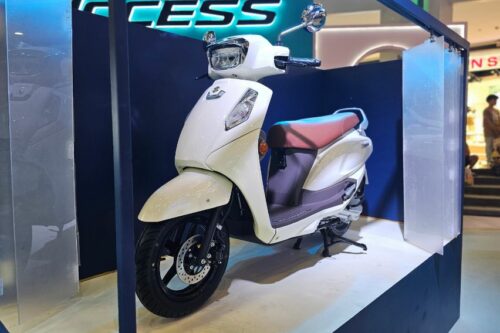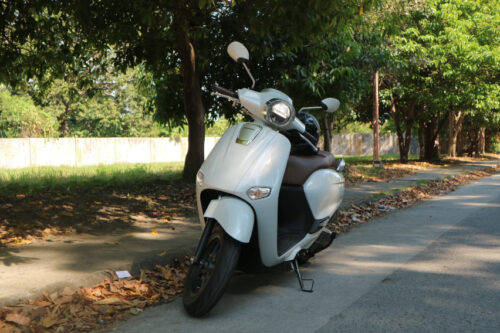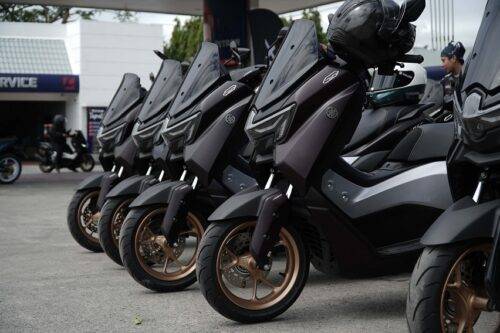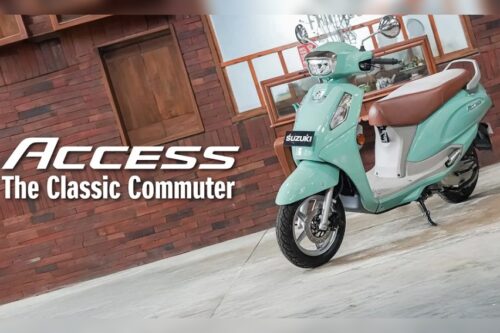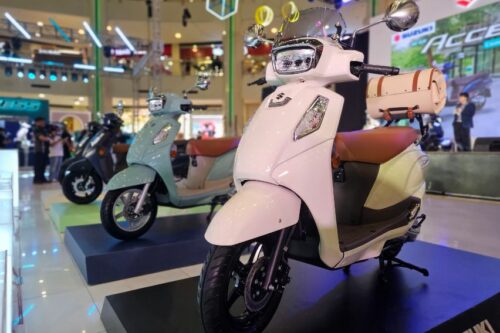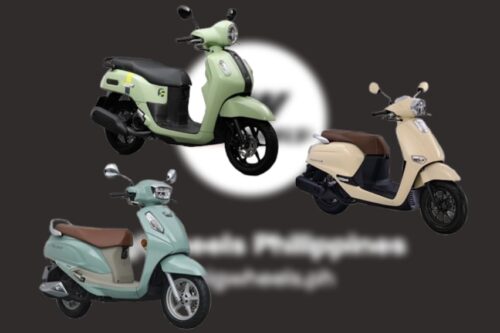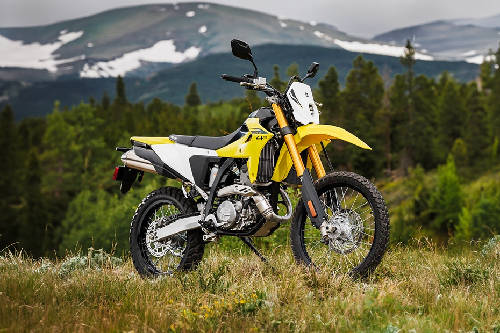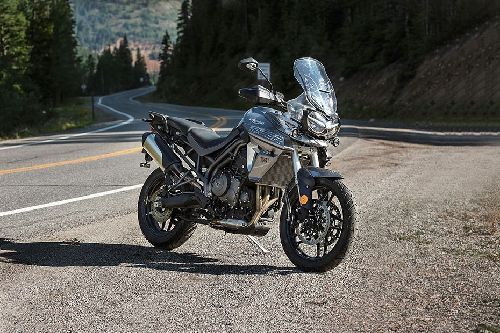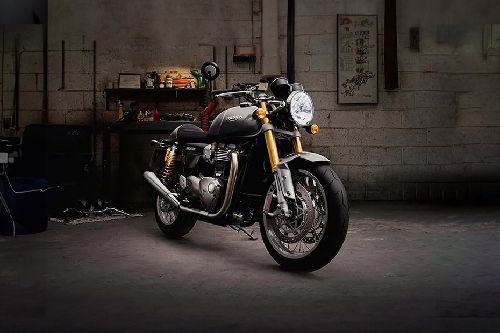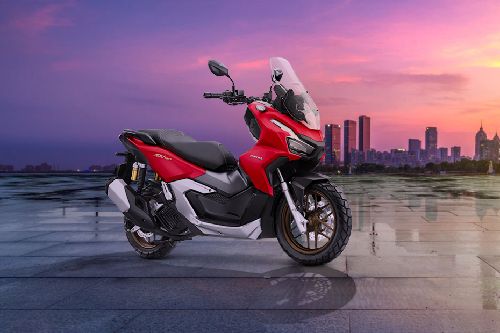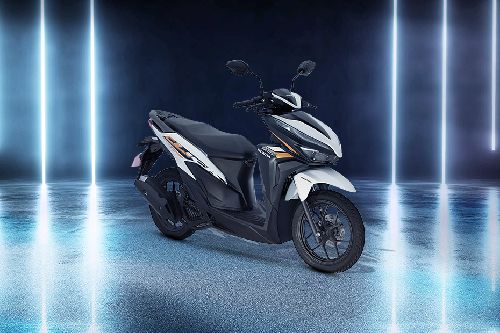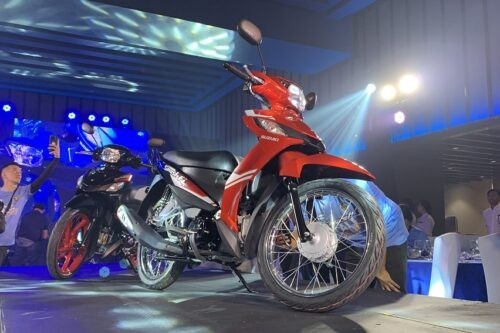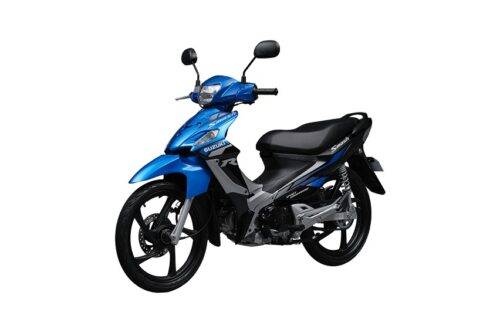Which is the better option: Suzuki Smash Carb or Fi?
Find out how the Suzuki Smash Carburetor stacks up against the Smash Fi

Suzuki has expanded its Smash lineup last year with the addition of a fuel-injected (Fi) variant to accompany the carburetor-equipped model. On that note, many motorcycle buyers are asking which of the two trims would best suit their needs.
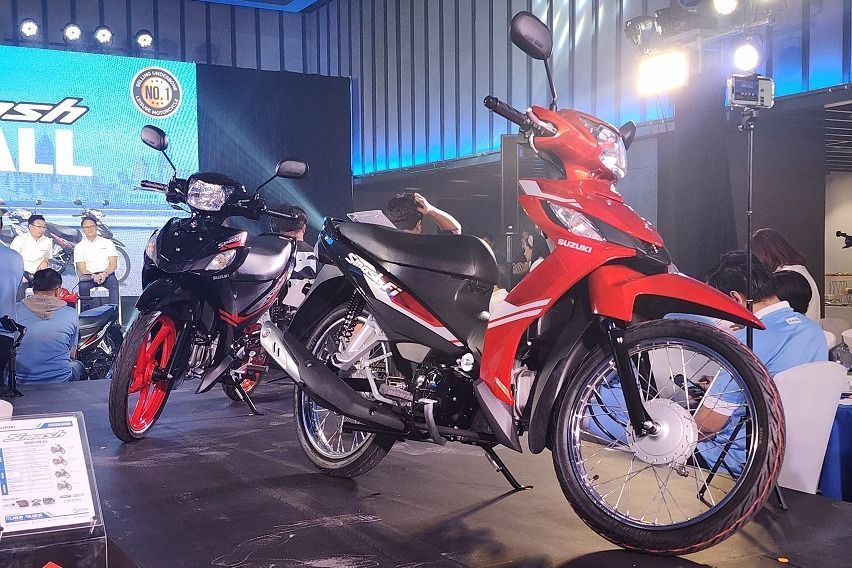
That said, we take a quick look at the two Suzuki Smash offerings to find out whether the carb-type or the Fi variant would come out on top.
Exterior
The Suzuki Smash Carburetor boasts a modern minimalist appeal. At its fore is a rather plain cowling with a standard headlamp. Underneath it is its front fairings that feature two turn signals. Further below is an oil-damped, coil spring-equipped, telescopic suspension with either a 17-inch magwheel or spoked wheel wrapped in 70/90 tires.

On its sides are fairings with just the right amount of contours and aggressive lines. It also gets metal step bars and a comfortable saddle. The space in between the front fork and the utility box offers a good amount of luggage area, which is probably why it’s one of the top choices for many delivery riders in the country.
The rear end of the Suzuki Smash Carburetor offers a flashy taillamp cluster with the brake lamp tucked in with the turn signal lights. It has a decent grab bar and a plastic rear fender that houses dual shock absorbers with a swing arm-type suspension that is also oil-damped and with coil springs. The setup is accompanied by a 17-inch wheel (either mags or spoked) with 80/90 rubber.

As for the Suzuki Smash Fi, it has a more modern appearance thanks to the abundance of sharp angles and straight lines. At the front is a cowling that holds a brighter headlight with a wider range. Meanwhile, the front turn signals are mounted on the front panels. In addition, the Suzuki Smash Fi has a fascia with a honeycomb grille design — pretty much like what we see on cars. Like the Suzuki Smash Carburetor, it also gets a 17-inch wheel at the front, which can also be had in magwheel or spoked design. It is shod in 70/90 tires.
To the flanks of the Suzuki Smash Fi are fairings that also share the same angular design. Nevertheless, the seat as well as the step bars are virtually identical to its carb-type counterpart.
At the back the Suzuki Smash Fi offers a more simple lighting arrangement — albeit still clustering the turn signals and the brake lamp. It also gets a rear fender that houses a swing arm-type suspension setup with coil springs that are oil-damped. It is complemented by a 17-inch wheel with 80/90 tires.
Other features
The Suzuki Smash Carburetor has a 4.3-liter fuel tank, an instrument cluster with a design inspired by sports watches, and rounded side mirrors.
On the other hand, the Suzuki Smash Fi packs a more modern instrument cluster with a highly visible sporty meter, and likewise wears rounded side mirrors.
Engine
Powering the Suzuki Smash Carburetor is a 113 cubic centimeter (cc) engine that dishes out as much as 8.5 horses with 9.0 Newton-meters (Nm) of torque.
Meanwhile, the Suzuki Smash Fi generates 9.2 horsepower and 9.10Nm of torque with its similarly-sized 133cc powerplant.
Final thoughts
The Suzuki Smash Carburetor’s advantage lies in its ability to allow riders to easily replace, maintain, and tweak the bike without breaking the bank. Carburetors are relatively easy to configure and are usually cheap, making them the go-to choice for those looking for a simple and straightforward ride.
However, the Suzuki Smash Fi offers its owners better performance and a more fuel-efficient setup. On that note, it has been selected by riders who value these features.
Photos from Suzuki Philippines and Ruben Manahan IV
Also read:
Serving the Suzuki Smash's 4 variants
Suzuki Smash 115 Related Stories
- News
- Featured Stories
Suzuki Motorcycle Models
Trending & Fresh Updates
- Latest
- Popular
You might also be interested in
- News
- Featured Stories
Suzuki Featured Motorcycles
- Latest
- Upcoming
- Popular
Latest Suzuki Smash 115 Motorcycle Videos on Zigwheels

Suzuki Smash 115 Motorcycle Articles From Carmudi
- journal



